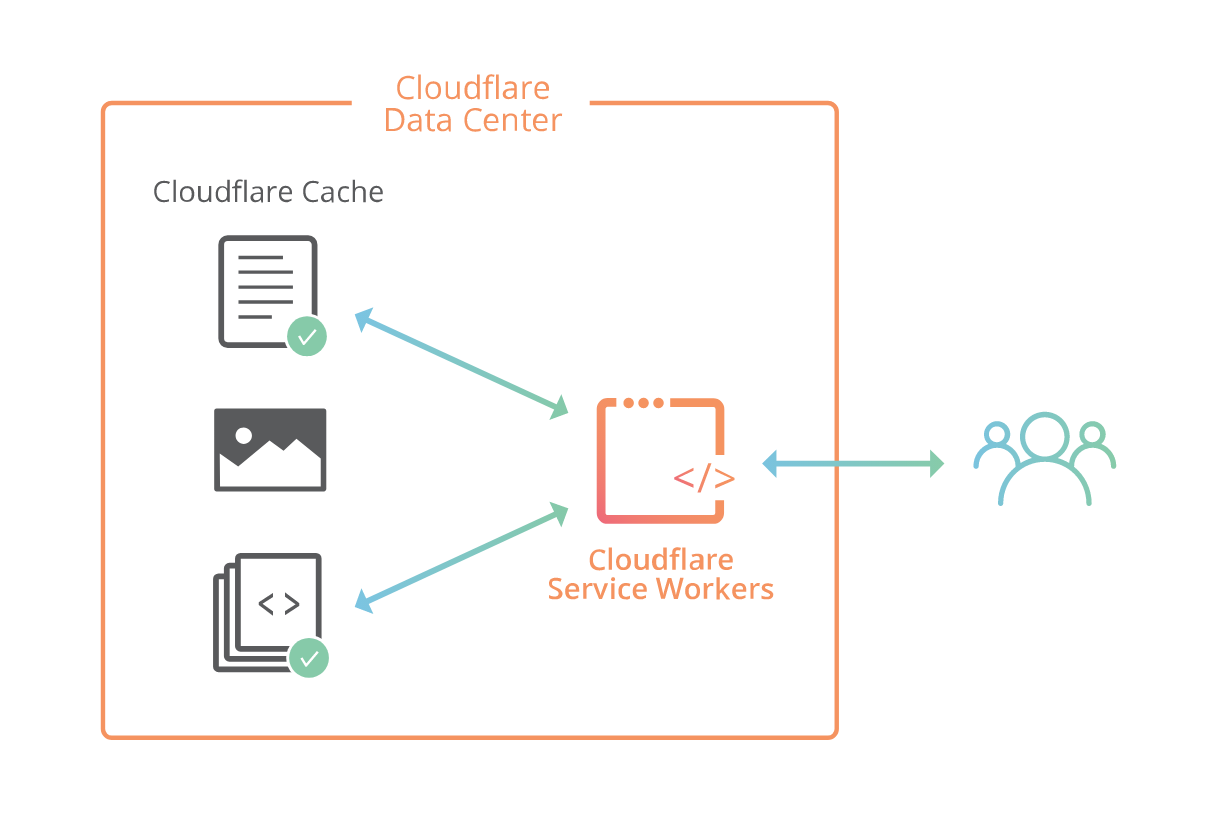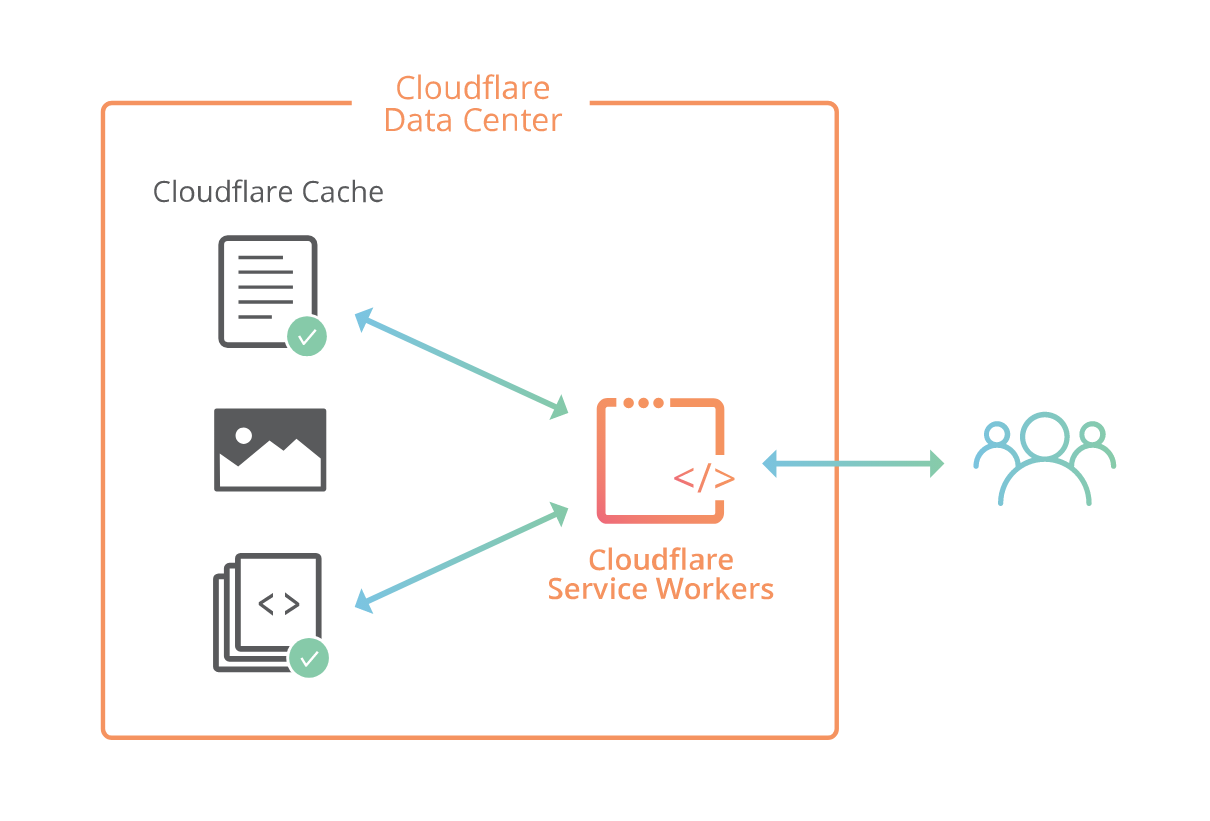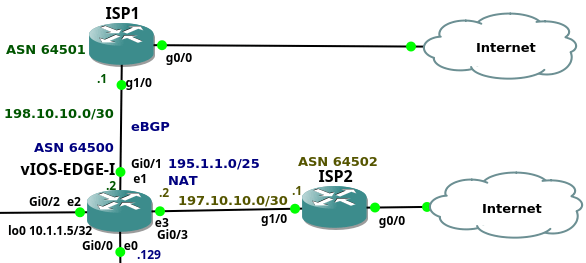Off the Cuff – NFD17 Wrap Up
Networking Field Day 17 (NFD17) was in Silicon Valley last week, with two of our co-founders participating as delegates – but the conversation doesn’t have to stop there. In this Off The Cuff episode of Network Collective, we’ve gathered a few of the delegates from the event to talk about their impressions on the information that was presented and some of the broader themes they experienced across the presentations. Vendors at the invent included Cisco, Cumulus, Extreme, Ixia, Juniper, Mellanox, Thousand Eyes, and VMware.
You can check out the event and see the presentations for yourself over at the Event Page at techfieldday.com.
Outro Music:
Danger Storm Kevin MacLeod (incompetech.com)
Licensed under Creative Commons: By Attribution 3.0 License
http://creativecommons.org/licenses/by/3.0/
The post Off the Cuff – NFD17 Wrap Up appeared first on Network Collective.






 The HKS container platform is targeted at technically sophisticated organizations.
The HKS container platform is targeted at technically sophisticated organizations.
